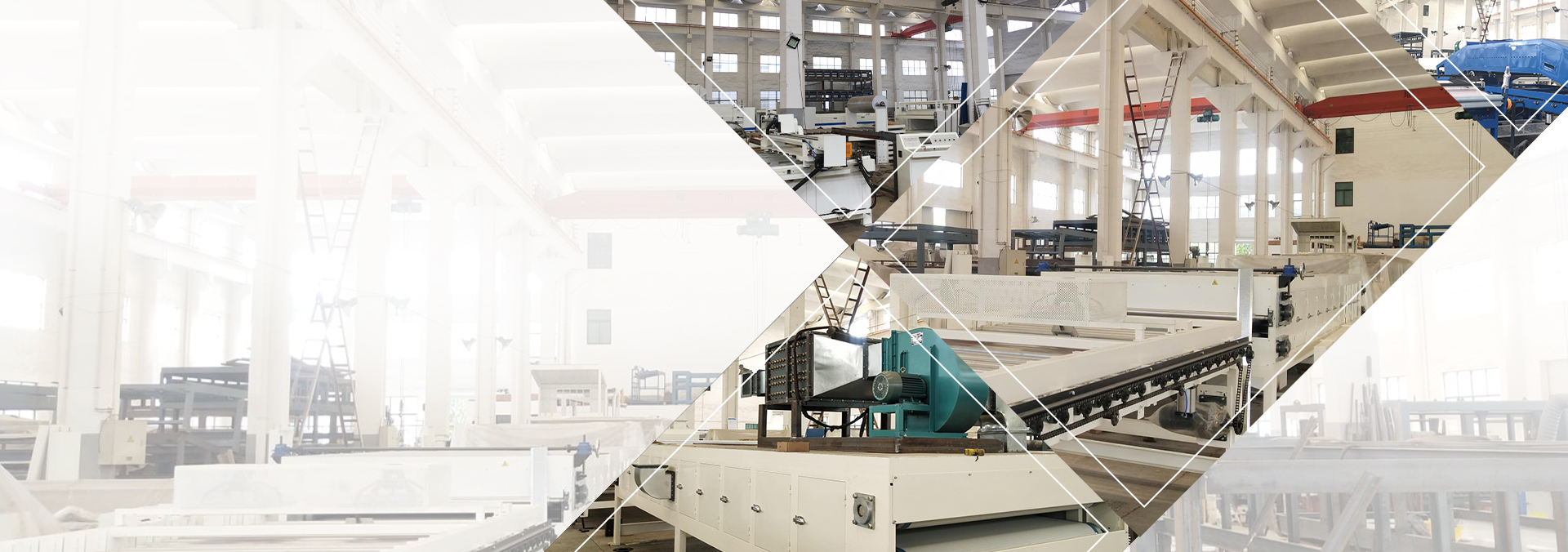
Resources
Contact Us
There are two types of cardboard boxes, one is corrugated box and the other is honeycomb carton box. In addition to the corrugated boxes commonly used in express packaging in our daily lives, there are also honeycomb carton boxes used for heavy goods packaging.
Corrugated boxes are made from corrugated cardboard through die-cutting, creasing, nailing or gluing. Corrugated boxes are the most widely used packaging products, and their usage has always been the highest among various packaging products. This includes calcium plastic corrugated boxes. For more than half a century, corrugated boxes have gradually replaced wooden boxes and other transportation packaging containers with their superior performance and good processing performance, becoming the main force of transportation packaging.
Honeycomb carton box is made of honeycomb cardboard through stamping, cutting, and pasting, and paper corner guards are pasted at the joint interfaces of cardboard to strengthen the structure. They can be designed as integral, combined (removable), integrated bottom support, and other different configurations according to actual needs, making it more convenient for transportation and loading and unloading.
Corrugated boxes are divided into single corrugated and double corrugated types. The double corrugated has two layers of corrugated cardboard, while the single corrugated only has one layer of corrugated cardboard, which is commonly known as three-layer boxes. The edge pressure and anti-breaking strength of double corrugated boxes are higher than those of single corrugated boxes, namely, five-layer boxes and seven-layer boxes. The inner layer of corrugated boxes is in a wave-shaped M shape, with a thickness of 5 to 8MM. Corrugated box with high packaging requirements generally uses double-corrugated box, which can be folded and is more portable than honeycomb carton box. Corrugated box is commonly used for daily household products.
The thickness of honeycomb carton box's cardboard is 10MM to 50MM, and the inner core of honeycomb cardboard is in honeycomb-shaped rhombus. The load-bearing capacity of honeycomb carton box is 5 to 10 times higher than that of corrugated boxes. The structure of honeycomb carton box is similar to that of wooden box, and it cannot be folded. It is cut and assembled by the honeycomb boards and paper corner guards to resist impact and heavy pressure. Therefore, honeycomb carton box is not folded but is composed of honeycomb boards and paper corner guards, replacing wooden boxes and serving the role of support and shock absorption. Honeycomb carton box not only has the function of packaging, but also the combination of spacer and wooden box, providing buffering and load-bearing performance, and is used for heavy goods packaging. The main difference between corrugated box and honeycomb carton box is the type of cardboard used.
| Feature | Corrugated Box | Honeycomb Carton Box |
| Material | Corrugated cardboard | Honeycomb cardboard |
| Structure | Wavy (M-shaped) layers | Honeycomb-shaped core |
| Thickness | 5mm - 8mm | 10mm - 50mm |
| Strength | Good for light to medium loads | 5-10 times stronger, handles heavy loads |
| Usage | Household and general packaging | Heavy-duty industrial packaging |
| Folding Ability | Can be folded, easy to store | Cannot be folded, rigid structure |
| Shock Absorption | Moderate | High, replaces wooden boxes |
| Processing | Cut, creased, glued, or nailed | Stamped, cut, and pasted with paper guards |
| Main Benefit | Lightweight and cost-effective | Strong, impact-resistant, and durable |
Related Products
